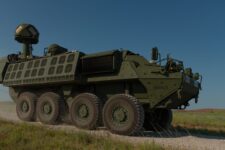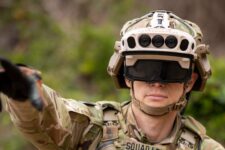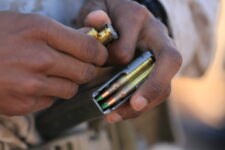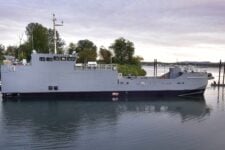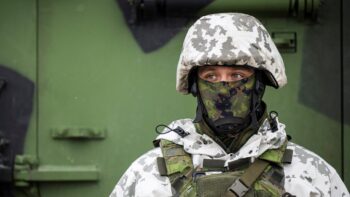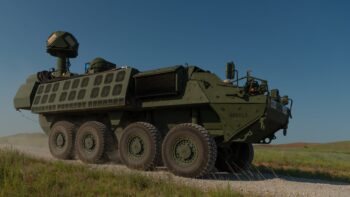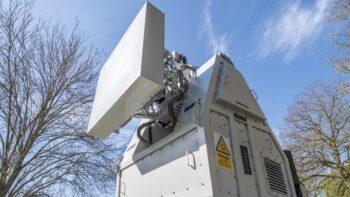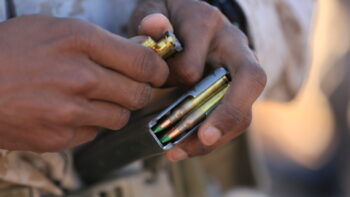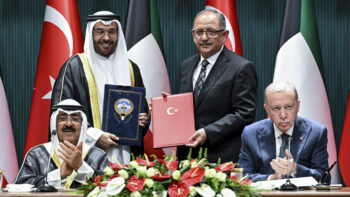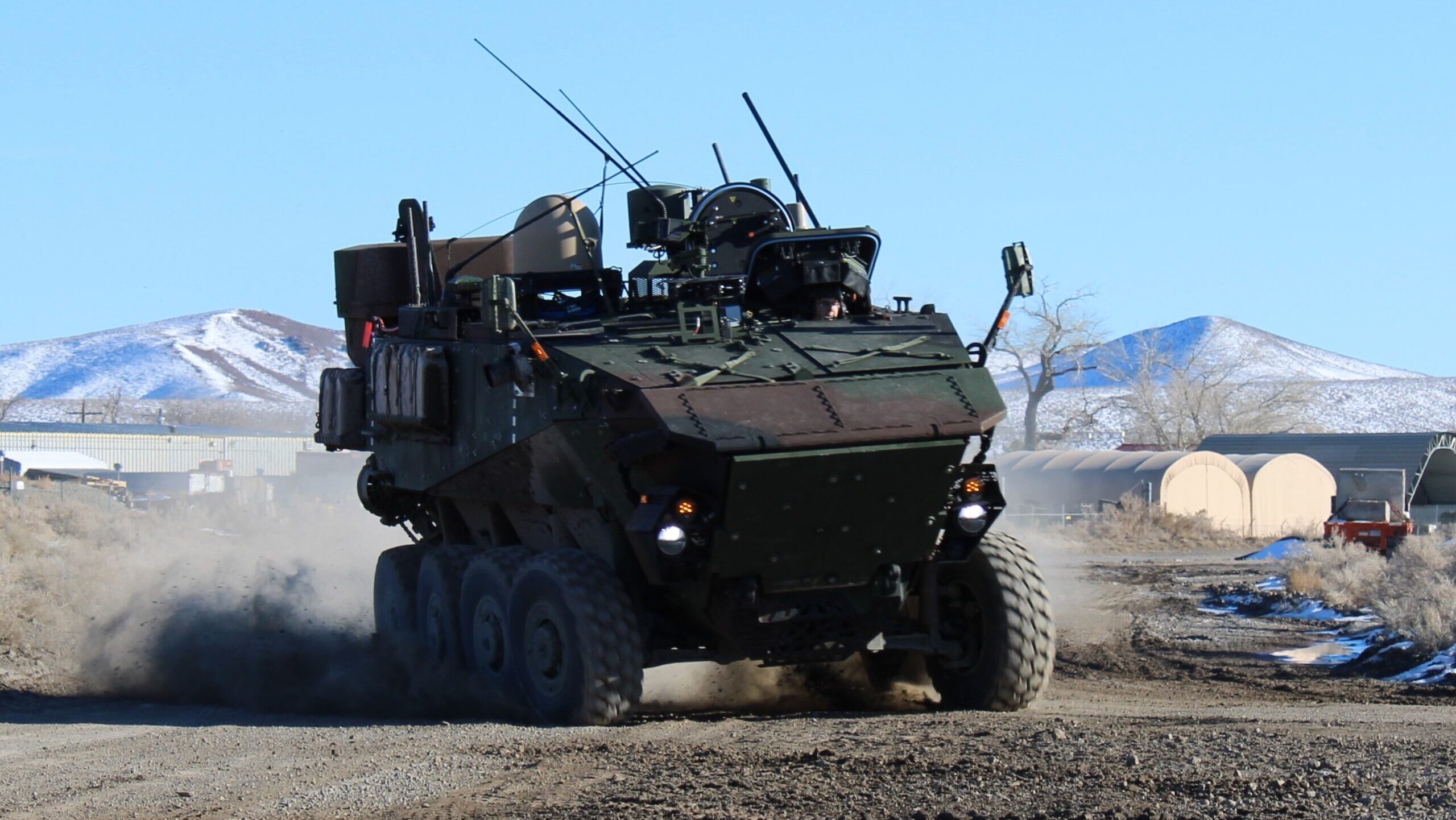
The prototype Advanced Reconnaissance Vehicle made by General Dynamics Land Systems. (Photo courtesy of GDLS)
WASHINGTON — General Dynamics Land Systems today announced it has completed testing of its prototype Advanced Reconnaissance Vehicle following a series of events throughout 2023.
Phil Skuta, an executive at GDLS, told Breaking Defense in an interview on Jan. 17 the test activities included communications and control of associated unmanned aircraft, land and water mobility, blast and kinetic testing, surf zone transition in the littorals as well as cyber and electromagnetic interference assessments.
“Directed test activities in 2023 allowed us to collect the data to ensure we can meet, exceed or equal requirements on the ARV,” he said. “We’re confident we can achieve key performance requirements and competitively position ourselves for the next phase program.”
Skuta said GDLS is also exploring a “robotic capability” that could be launched from the ARV and help Marines assess the surf zone and sea state conditions before attempting a transition through the littorals. That transition and its inherent risks have come under closer scrutiny by Marine Corps leadership in recent years following several tragic accidents.
Skuta added that he anticipates GDLS will begin design work on a 30mm ARV variant during 2024.
The Advanced Reconnaissance Vehicle is the US Marine Corps’ successor to its Light Armored Vehicle fleet, which was originally constructed in the 1980s and built by General Dynamics. The service has expressed interest in several variants of the new ARV, each with unique roles. Those roles include command, control, communications and computers-unmanned aerial system (C4/UAS); organic precision fire-mounted; counter UAS; 30mm autocannon and anti-tank guided missile; logistics; and recovery.
Much of the testing so far for the ARV program has been done through a competitive prototyping phase featuring GDLS and Textron, which boasts its own “Cottonmouth” prototype vehicle. (The Marines have separately contracted with BAE Systems to study how the C4/UAS package used on the Amphibious Combat Vehicle, which BAE builds, could be equipped on the ARV.) The variant GDLS and Textron have used during Marine Corps testing is the C4/UAS model.
The next step in the ARV program is the engineering and manufacturing development phase, which the service plans to discuss with industry during a Feb. 29 industry day, according to a public notice. The service expects to subsequently release its request for proposals later this fiscal year and make a final selection for the competition, previously valued at $6.8 billion, some time in fiscal 2025, according to the service’s latest budget request documents. While the competition will be “full and open,” meaning any company can submit a proposal, GDLS and Textron are the leading contenders due to their participation in the prototyping phase.
If all goes to plan — never a certainty with major Pentagon acquisition programs — the Marines anticipate an operational ARV will pass muster by 2030, right as the legacy fleet is scheduled to retire.
No ‘big appetite’ in Finland for ‘boots on the ground’ in Ukraine: Official
“I think this policy is widely shared by the NATO nations, as far as I understand, that we do all we can support Ukraine, but I don’t see as big enthusiasm [for] getting NATO directly involved, boots on the ground,” said Janne Kuusela, Director General for Defence Policy at Finland’s Ministry of Defence.
